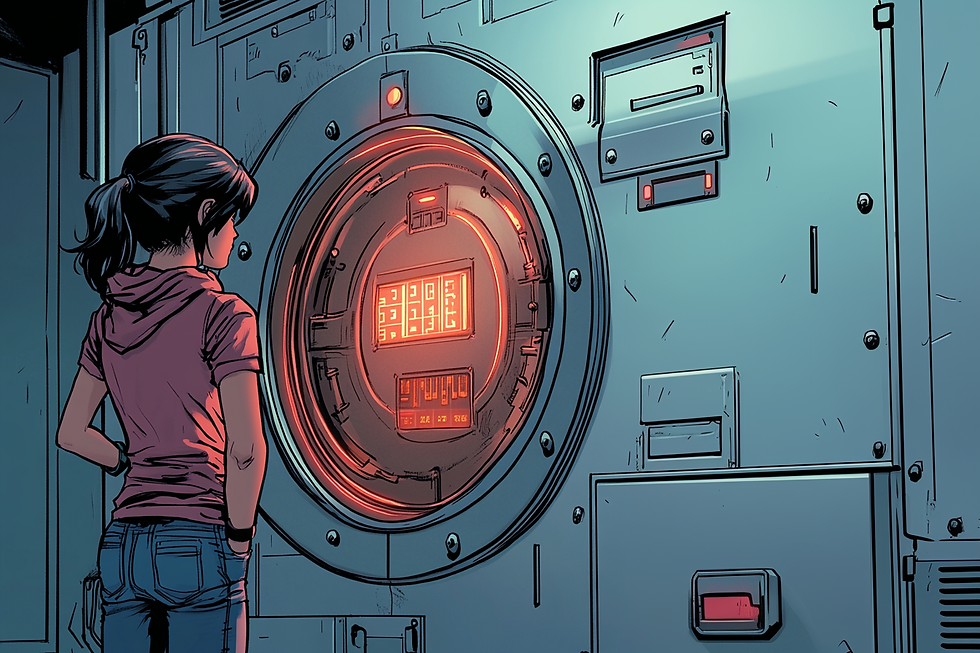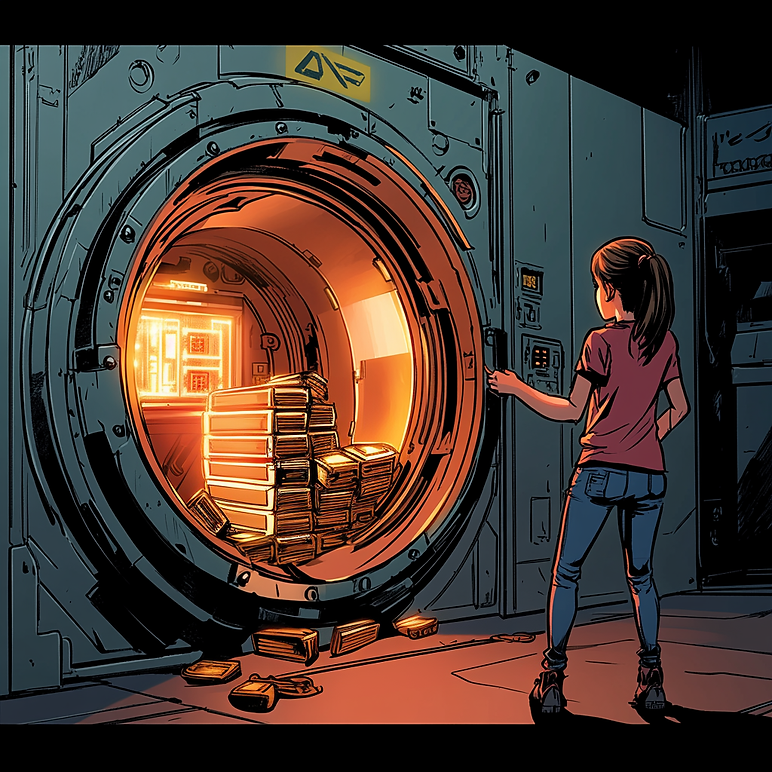Working Memory
Working memory involves holding information in your mind and working or playing with it. It’s like a mental workspace where a small amount of information stays accessible, ready for you to manipulate. Imagine watching your favourite murder mystery: you need to track characters, remember clues, and connect earlier scenes to what’s happening now to keep up with the plot. Working memory enables you to make sense of anything that unfolds over time: hold onto those earlier events and character details to make sense of the twists that come later. It also plays a huge role in our ability to communicate. When you read, listen, speak or write anything, working memory is needed to connect what has happened before to what comes later. It allows us to reason, reflect on the past or consider an imagined future, connect new ideas to our existing knowledge and make connections between different facts and ideas.


I need bread... eggs... oh! And milk, right?

I have to pick between two different brands of milk. I’ll calculate the price per litre to see which is better.
Short-term Memory vs Working Memory
So, are you using working memory when you’re at the grocery store remembering a list of items? Not exactly; here, you’re primarily relying on short-term memory. Short-term memory simply holds information temporarily without any manipulation. For example, you might remember that you need bread, eggs, and milk as you walk through the store.
However, when you start calculating whether you have enough money to pay for the items in your cart or decide to swap one brand for another based on your budget, that’s where working memory comes into play.
Short-term memory is for holding; working memory is for holding and working with information.
Working Memory Task
You’ve discovered a hidden vault! But it’s locked, and the only way to open it is by memorizing a secret sequence of numbers within 10 seconds. Once time is up, the numbers will disappear! To unlock the vault, you must say the numbers out loud in decreasing order.


AND WHOOSH!!! YOU UNLOCKED THE VAULT...

wow.....I haven't seen so many chocolates in my entire life!!!
References
1. Diamond, A. (2013). Executive Functions. Annual Review of Psychology, 64(1), 135–168. https://doi.org/10.1146/annurev-psych-113011-143750 2. Aben, B., Stapert, S., & Blokland, A. (2012). About the Distinction between Working Memory and Short-Term Memory. Frontiers in Psychology, 3(301). https://doi.org/10.3389/fpsyg.2012.00301 3. Baddeley, A. (2010). Working Memory. Current Biology, 20(4), 136–140. https://doi.org/10.1016/j.cub.2009.12.014 4. Conway, A. R. A., & Engle, R. W. (1994). Working Memory and Retrieval: A Resource-Dependent Inhibition Model. Journal of Experimental Psychology: General, 123, 354-373. 5. Shipstead, Z., Harrison, T. L., & Engle, R. W. (2012). Working Memory Capacity and Visual Attention: Top-down and Bottom-up Guidance. Quarterly Journal of Experimental Psychology, 65, 401-407.